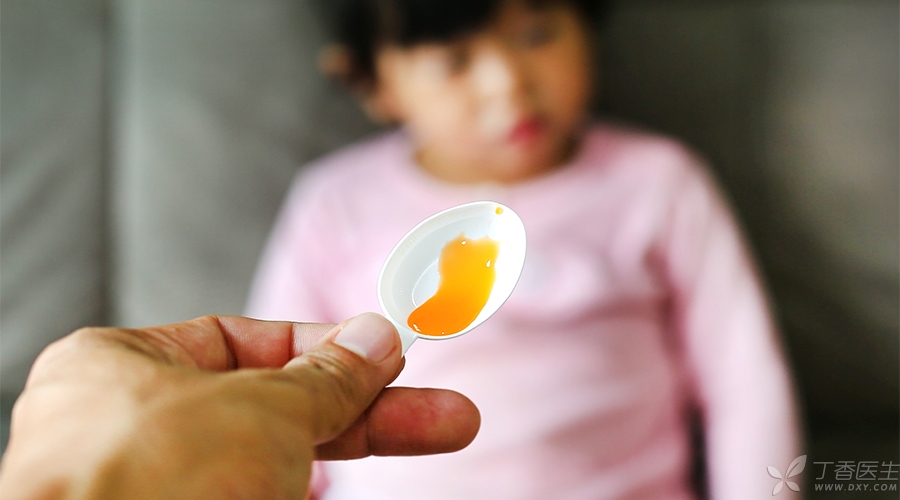
When it comes to children’s compound cold medicine, you may still be unfamiliar with it, but you must be familiar with the following names:
Xiao Mouhua, Mou Tong, Xiao Moug, Mou 99…
These are all children’s compound cold medicines. The reason why they are called “compound” is that they all contain a variety of drug ingredients for cold and fever symptoms: acetaminophen, chlorpheniramine maleate and artificial bezoar. Together, they also have a common drug name: paracetamol yellow namin for children.
This kind of cold medicine for children is over-the-counter. We see advertisements on TV almost every day. Many parents buy it for their children when they sneeze with runny nose.
However, today Dr. Clove will ask pediatrician Liang Shijia to talk about why it is not recommended to give children paracetamol Huang Namin.
Children’s compound cold medicine is not recommended for children under 6 years old in Europe and America.
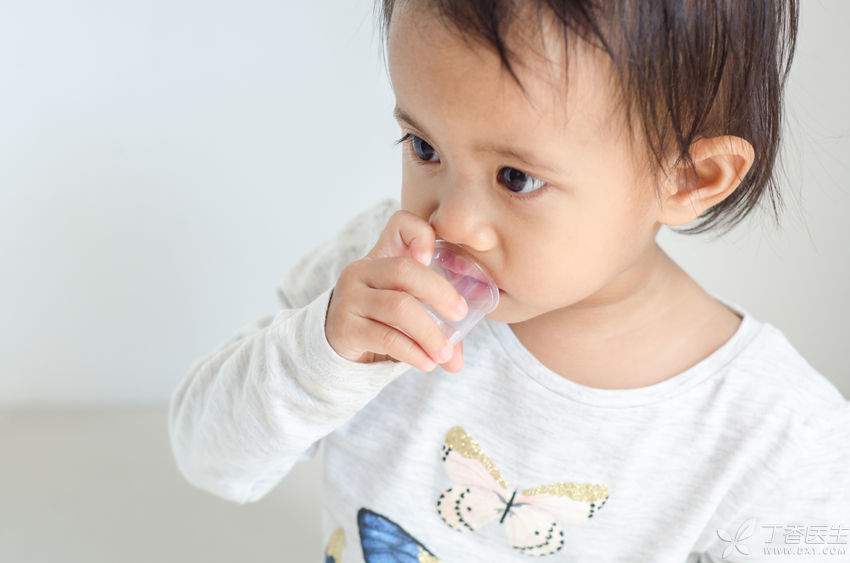
Children’s compound cold medicines, represented by children’s paracetamol Huang Namin, are quite common in our country, but they are not very popular in developed countries.
Clinical evidence shows that such drugs not only have little effect, but also tend to bring greater risks.
From 1969 to 2006, the U.S. Food and Drug Administration (FDA) received 123 death reports of children under 6 years old who took compound cold drugs, of which 54 had used decongestants (including ephedrine, ephedrine and phenylephrine) and 69 had used antihistamines (including diphenhydramine and chlorphenamine).
Many European and American countries do not recommend children under 6 years old to use compound cold medicine.
The instructions for compound cold medicines sold by pharmacies in the United States strictly indicate the age limit:
- Children under 2 years old are forbidden; Children under 6 years old are not recommended. Only children over 6 years old can use it independently according to their needs.
Let’s look back at the domestic drug instructions for paracetamol Huang Namin in children:
Only [the usage standard over 1 year old] [children under 1 year old use under the guidance of doctors] are marked, the remarks in the column of [adverse reactions] are [self-recovery], and the [taboo] section only mentions [forbidden for patients with severe liver and kidney insufficiency].
There is no mention of the age limit, and the taboos are also very brief. Is it possible that foreign children are too expensive and our Chinese children are more drug resistant?
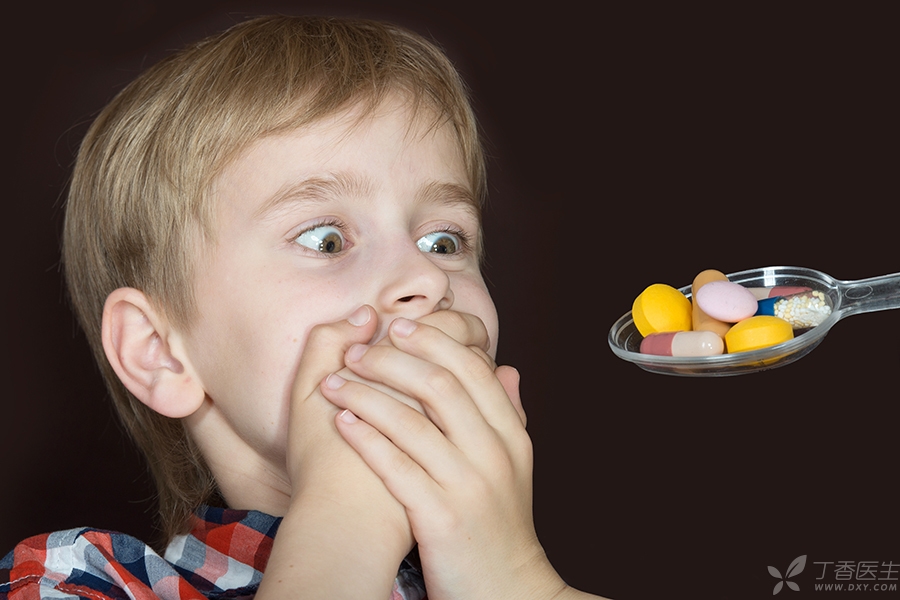
This is not the case. Excessive intake of paracetamol and Huang Namin in children is risky.
Huang Namin, a 5-year-old boy who took paracetamol for 15 days, suffered liver damage.

Let’s talk about a small patient I met myself.
A 5-year-old boy, weighing 20 kg, did not cough or have a fever and had a clear nose for more than half a month.
Parents gave their children paracetamol Huang Namin granules, but they still didn’t see that the child had not improved, so they came to see a doctor.
I asked about the medication situation, don’t ask don’t know, asked startled.
The parent gave the child 15 days of paracetamol Huang Namin granules, one bag at a time, three times a day. After calculation, I found:
Boys consume up to 375 mg of acetaminophen a day!
According to the announcement issued by the U.S. Food and Drug Administration (FDA) in 2011, pharmaceutical companies must limit the specifications of acetaminophen prescription drugs, and the content per unit dose (each tablet, tablet or other dose unit) must not exceed 325 mg.
In other words, it is equivalent to the child taking more than one tablet of acetaminophen every day for 15 consecutive days.
I immediately suggested that parents take their children to take blood tests to test their liver function. Sure enough, the child’s liver function has been damaged.
I asked the parents why they wanted to give their children paracetamol Huang Namin for so long. The parents replied like this:
Isn’t cold medicine given to children when they catch a cold? The child has not been well, so he has been eating.
Compound cold medicine is easy to overdose.
Let’s take a look at the advertisement of children’s compound cold medicine, which is generally advertised as follows:
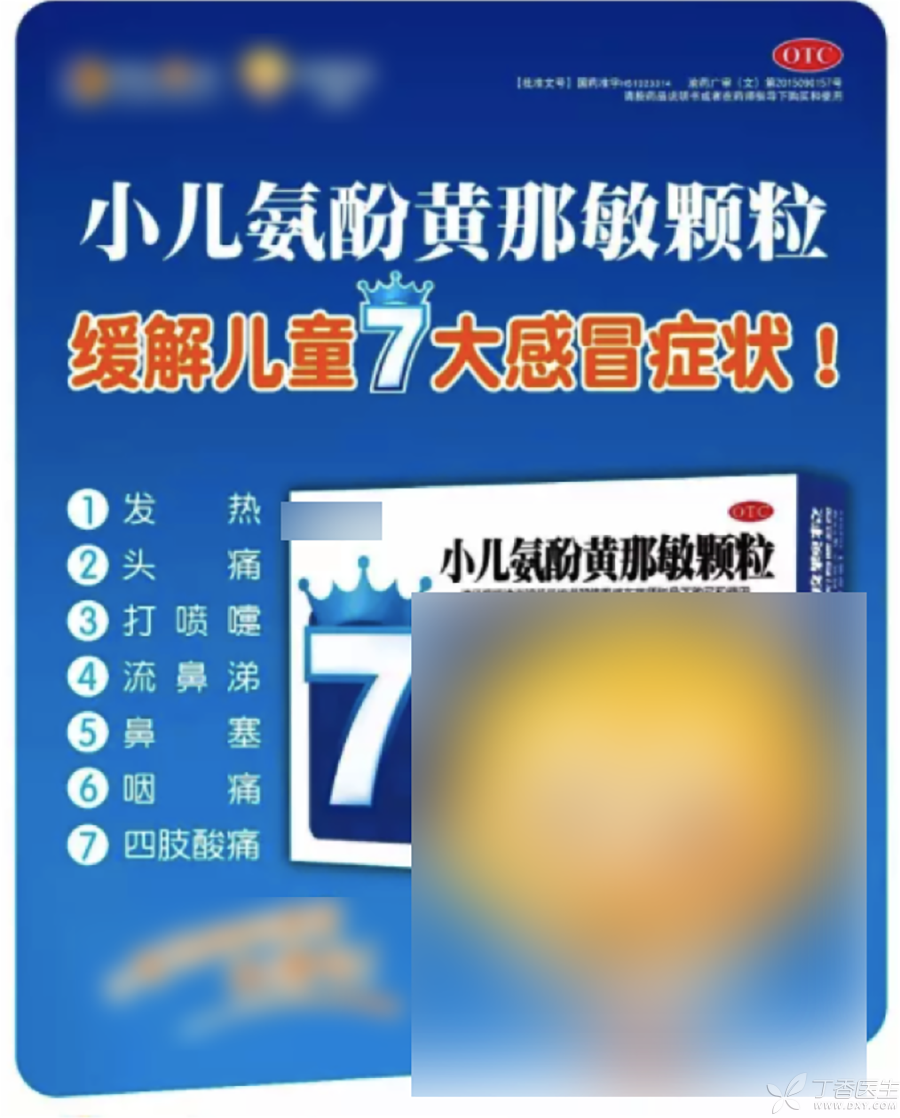
[The cold heals quickly] [Solves the symptoms of N major colds]…
After reading these advertisements, you will surely feel, wow, the function is good, whether it is runny nose and fever, the child can buy and eat it!
In fact, as mentioned earlier, the reason why compound cold medicine has so many functions is that it is compound and has many functional components.
Take the pediatric paracetamol Huang Namin as a compound, and its three main components are:
- Acetaminophen: antipyretic and analgesic drugs for infants, relieving symptoms such as fever and headache, chlorphenamine maleate: antihistamine drugs, which can relieve symptoms such as runny nose, nasal obstruction and sneezing, artificial bezoar: traditional Chinese medicine ingredients, not evaluated…
Shouldn’t it be recommended to solve all the problems at once?
NO NO NO … …
Everyone knows to take medicine when you are ill, but they also know that overdose is not good.
There are certain risks in overdose of the three main ingredients of paracetamol and yellow namin in children:
- Acetaminophen: Although it is a safe antipyretic for infants, long-term overdose will have the risk of liver damage. Chlorphenamine maleate: has central inhibitory effect, and long-term use will lead to baby drowsiness, fatigue and drowsiness. Artificial bezoar: traditional Chinese medicine, risk unknown
These advertisements for children’s cold medicines have been promoting that one medicine can handle all symptoms without mentioning the dosage limit.
Moreover, the instructions also said that if adverse reactions occur, they can improve on their own.
Advertisements only say efficacy, but they do not understand risks. Even the drug instructions are not marked!
Can parents think that as long as their children’s cold symptoms do not disappear, they can always give them to their children? Just like the parent I mentioned earlier, because the child has not been well, he gave the child 15 days of food.
Writing so vaguely, are you asking parents to do reading comprehension?
It is normal for children to catch colds 6 ~ 8 times a year. Is it really good to eat for a long time?
Some parents may ask: We don’t eat very often, can we eat occasionally?
Not recommended either!
For example, when a child gets sick, it may just be a runny nose and sneezing at the beginning. Parents give the child paracetamol Huang Namin, but after taking the medicine, the child has a fever.
At this time, if you give your child Tylenol (containing acetaminophen) immediately, you may eat too much acetaminophen.
If you give your child Merrill Lynch (ibuprofen), ibuprofen and acetaminophen are not suitable for combination, which will increase the risk of double medication.
There are also some parents who will take other compound cold medicines at the same time when their children are ill. The more kinds they take, the greater the probability of excessive intake or inappropriate use of drug ingredients.
1 +1 > 2 efficacy 1 +1 > 2 medication risk
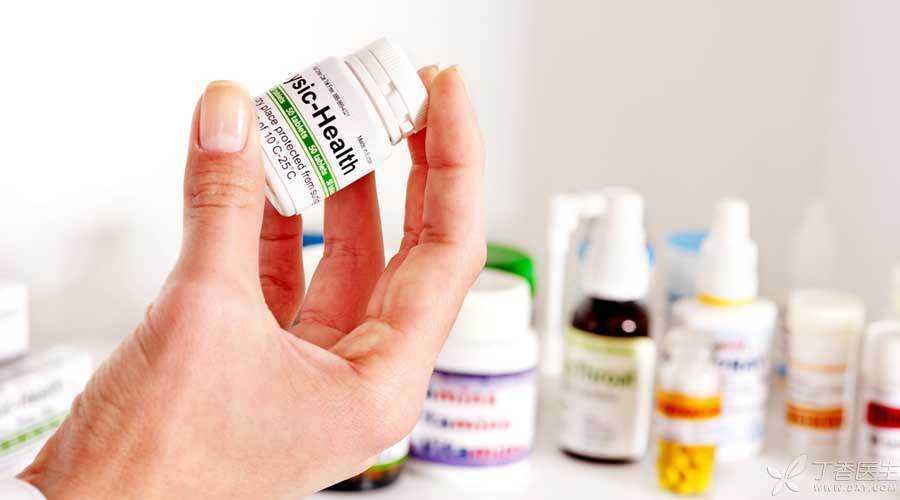
After talking for half a day about the child paracetamol Huang Namin, what about other compound cold medicines? Can I give it to my children?
Children are in the growth period, especially infants, and the body organs are not yet fully developed. Any compound cold medicine is not recommended for children.
The normal course of the child’s common cold is about 7-10 days, which is really [it is good not to take medicine for a week, it is good to take medicine for 7 days]. As long as there is no what discomfort, pay attention to supplementing water and have a proper rest.
If the child is uncomfortable, there is no need to take this [Manchu-Han banquet] medicine, as long as it is relieved according to different symptoms:
- Nasal obstruction, nasal mucus: normal saline nasal spray or nasal headache, sore throat: 2 ~ 3 months or more can use acetaminophen, 6 months or more can use ibuprofen allergic reaction: 6 months or more can use cetirizine hydrochloride drops, 2 years or more can loratadine syrup
Children’s compound cold medicine has the so-called 1 +1 > 2 efficacy, but it also has the drug risk of 1 +1 > 2.
The [popularity] of such products also captures the anxiety of parents: they wish their children’s illness would be cured immediately and the results would be immediate.
Children’s colds and fevers are not big bad things in what. Give their children some time and parents themselves should calm down.
